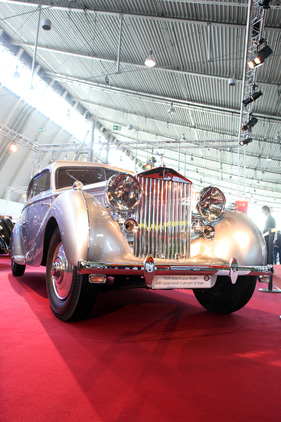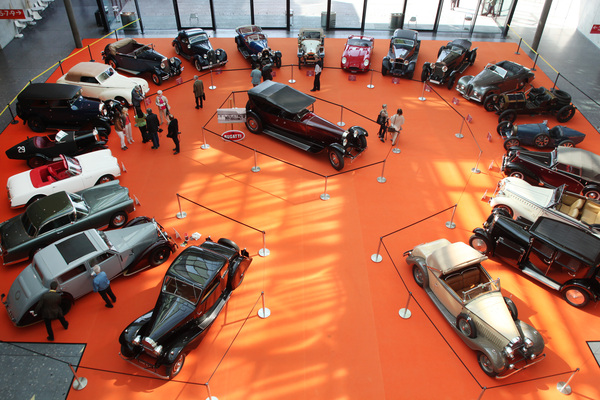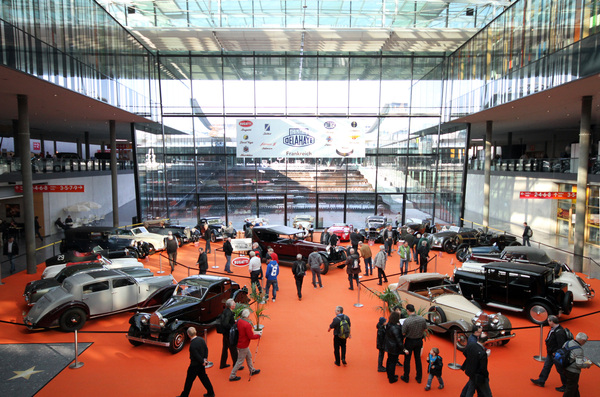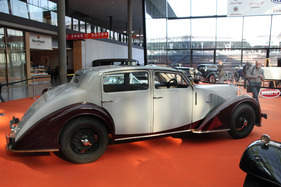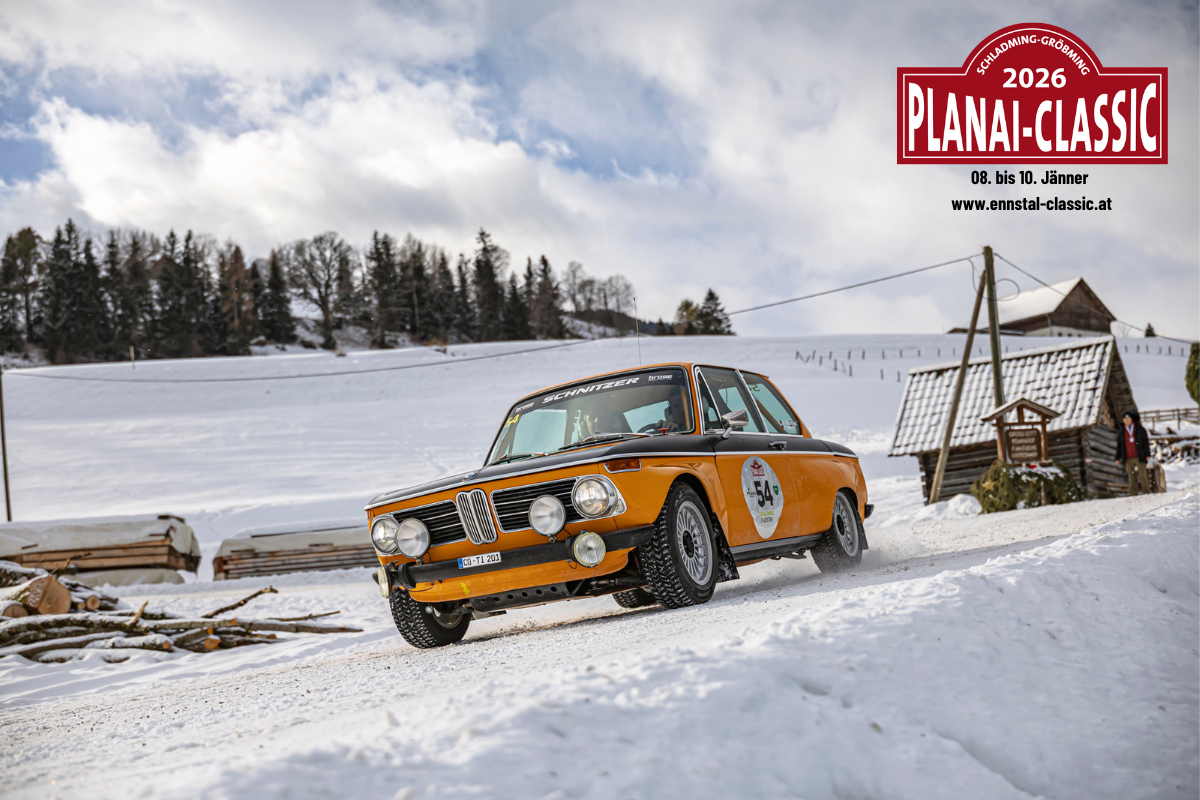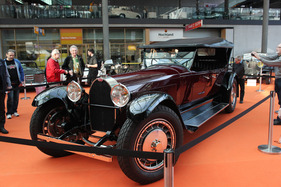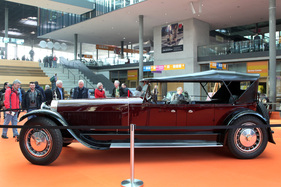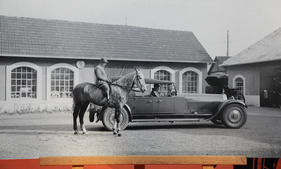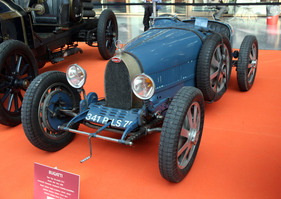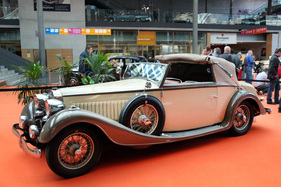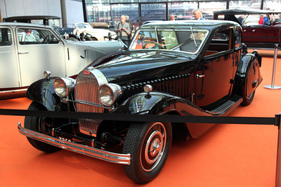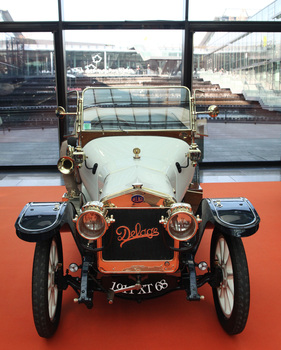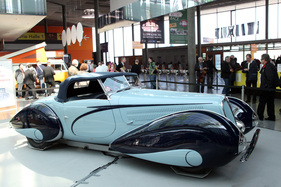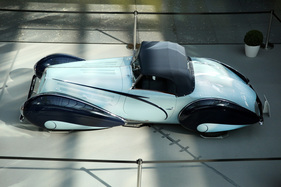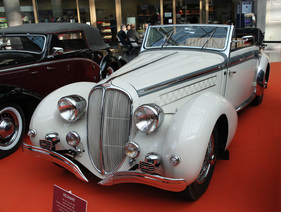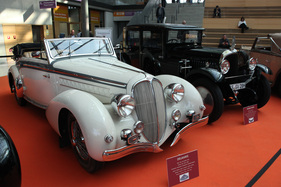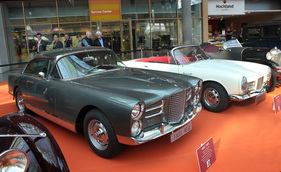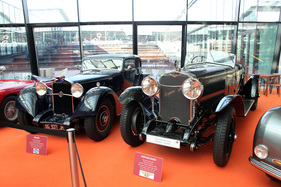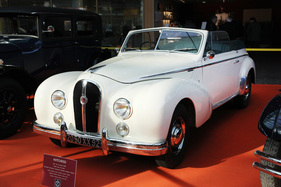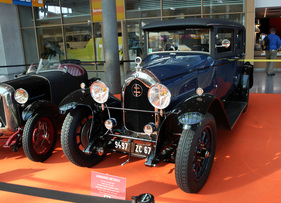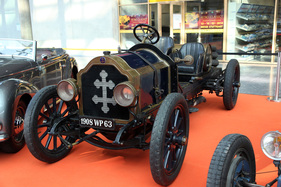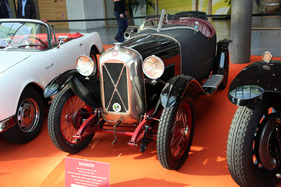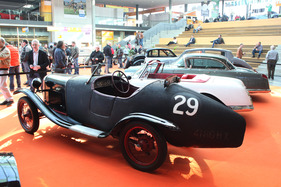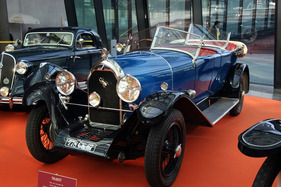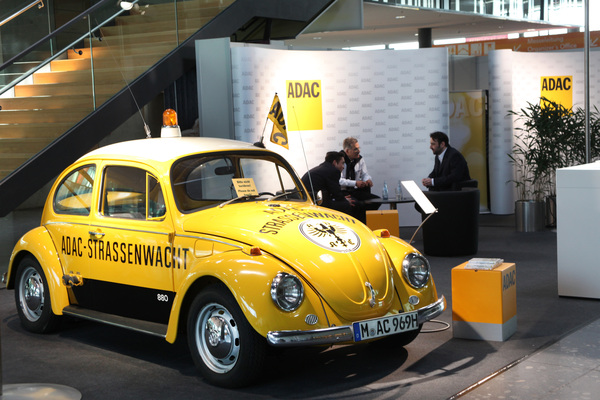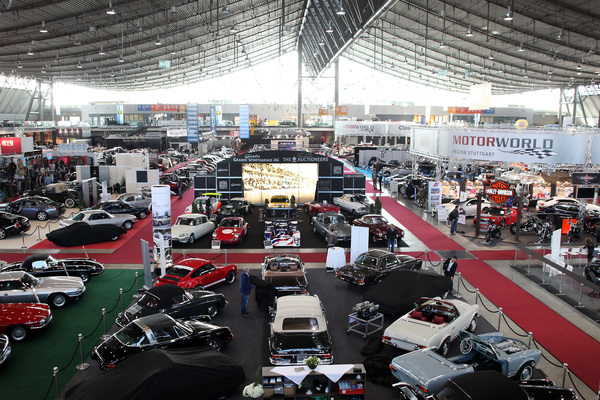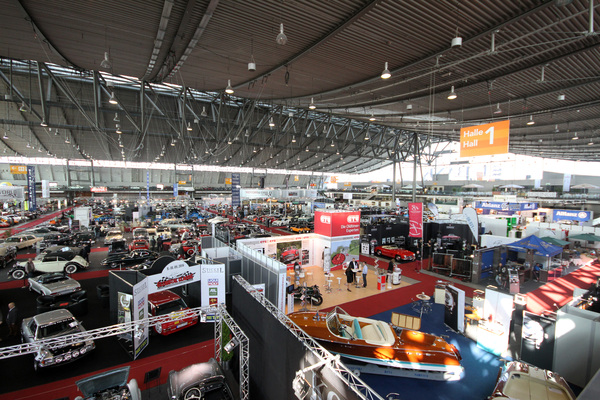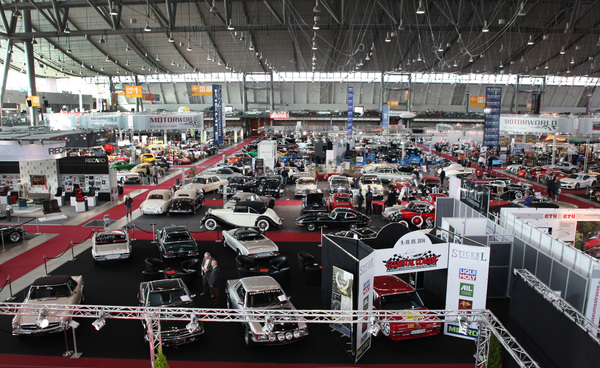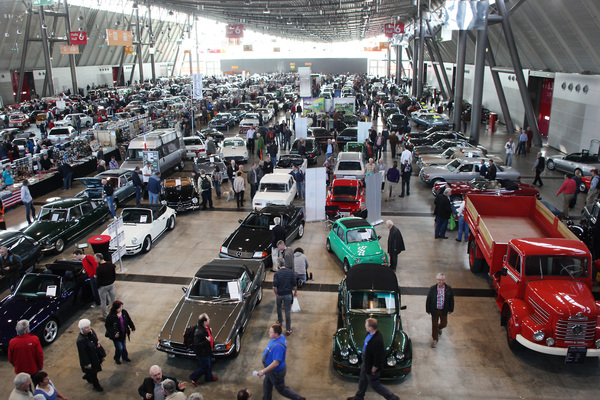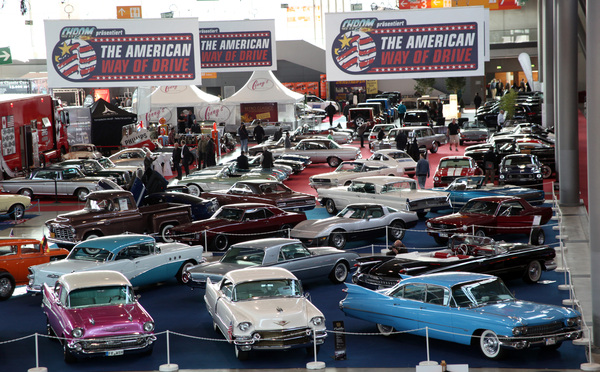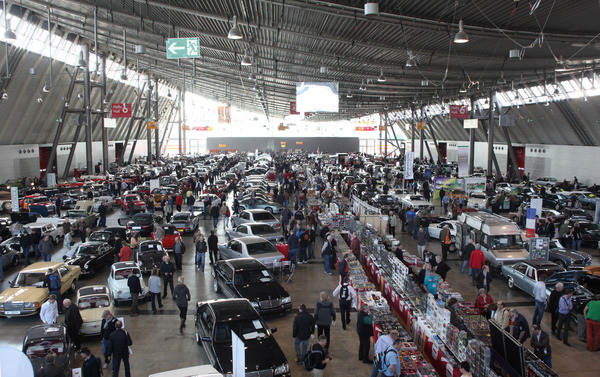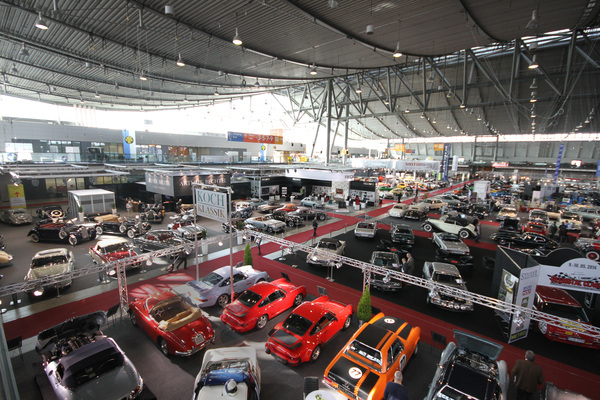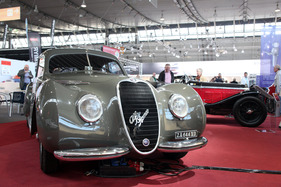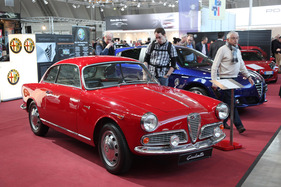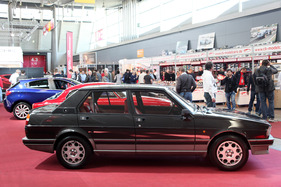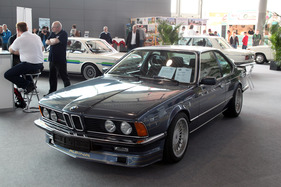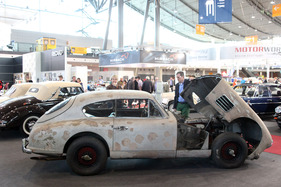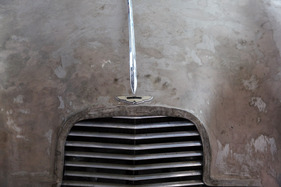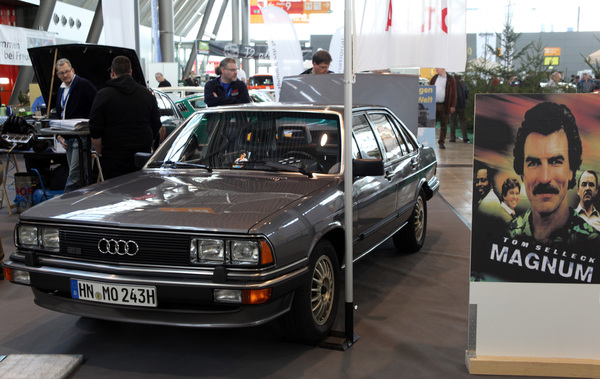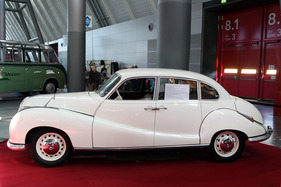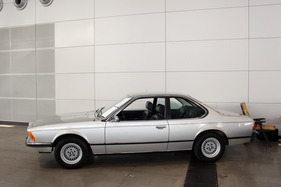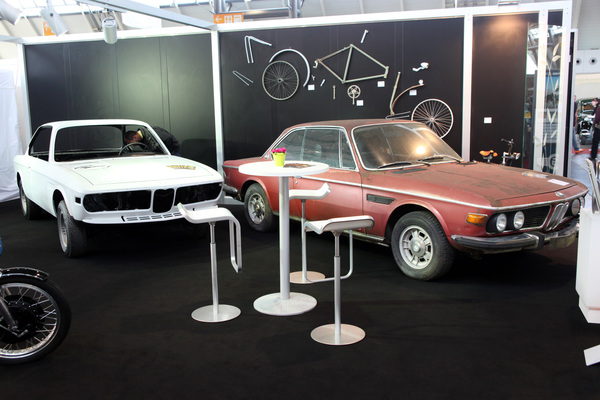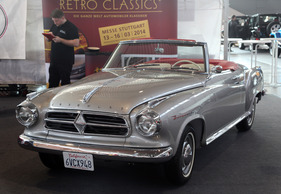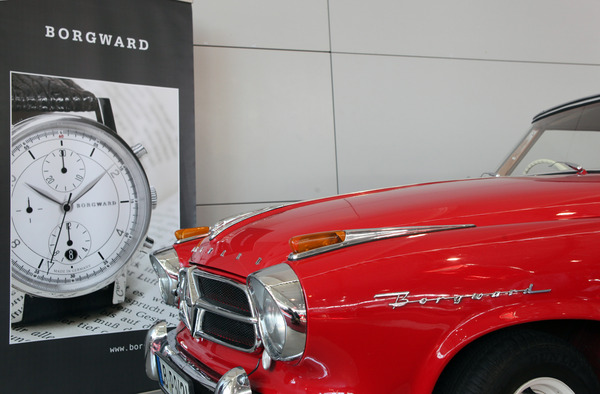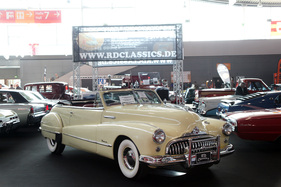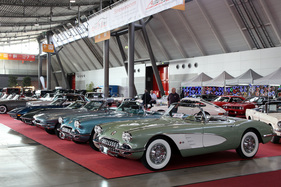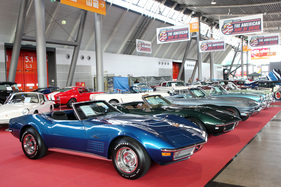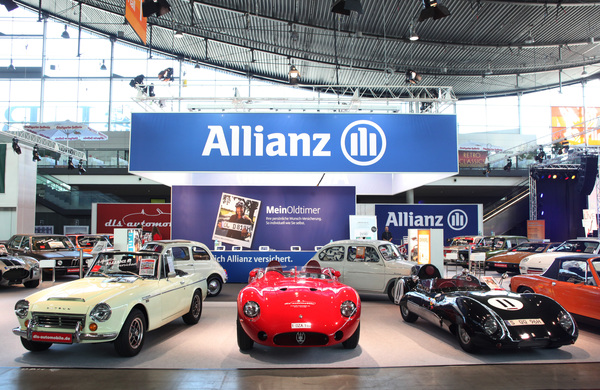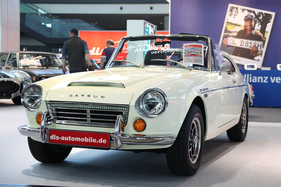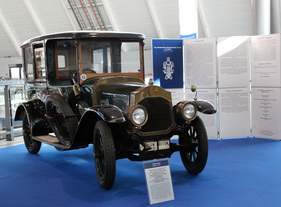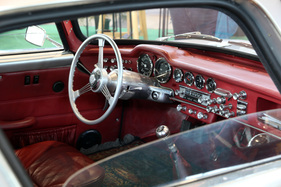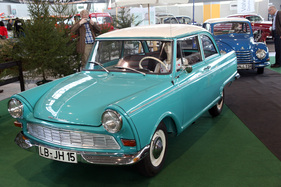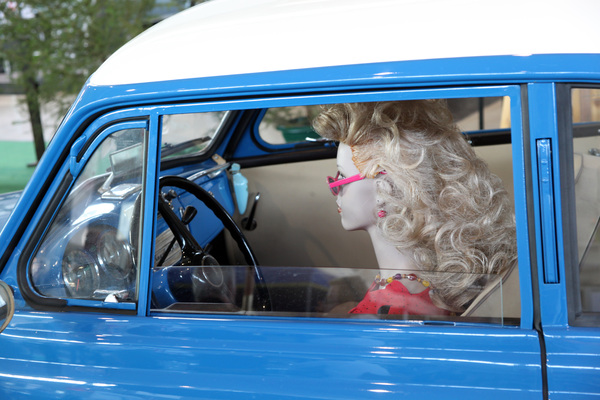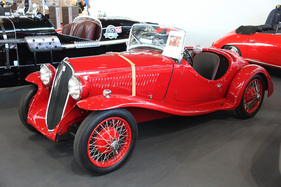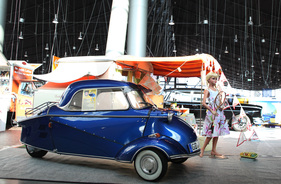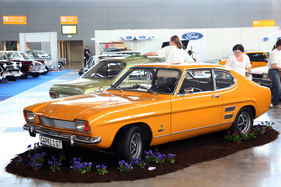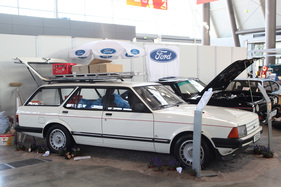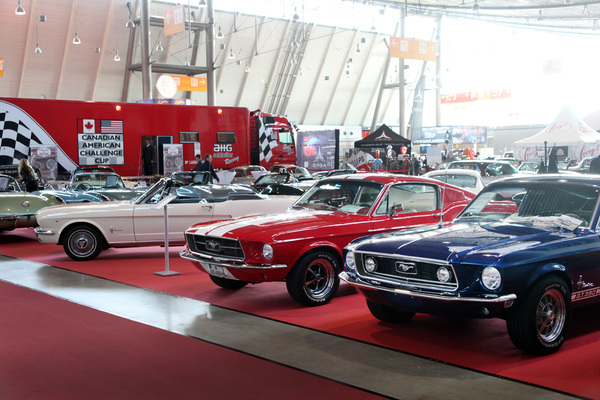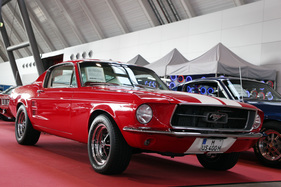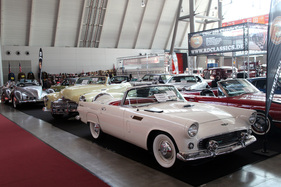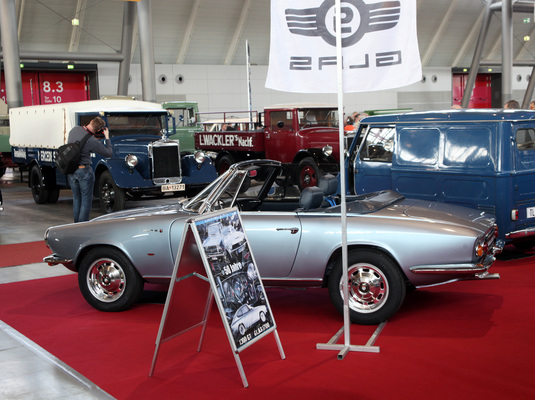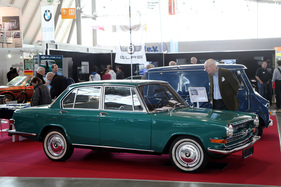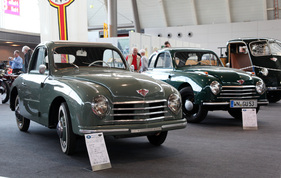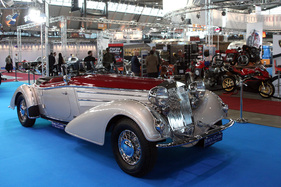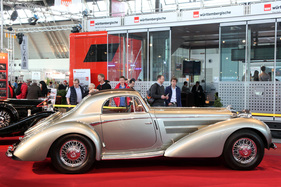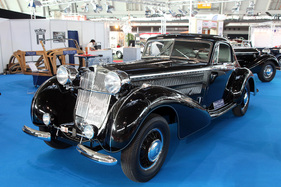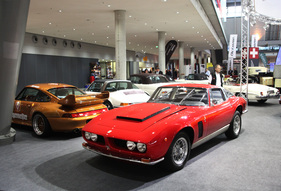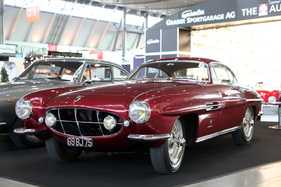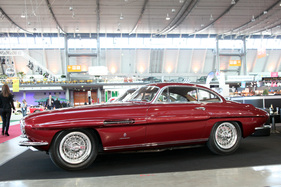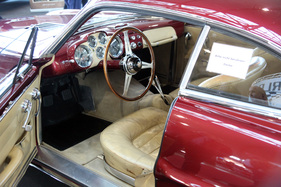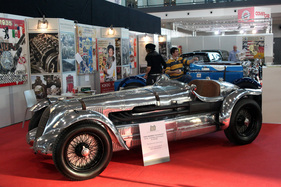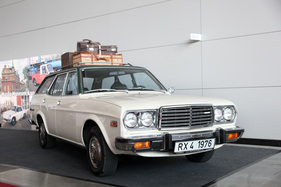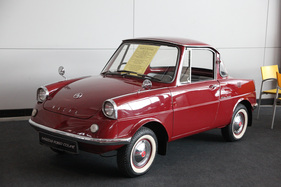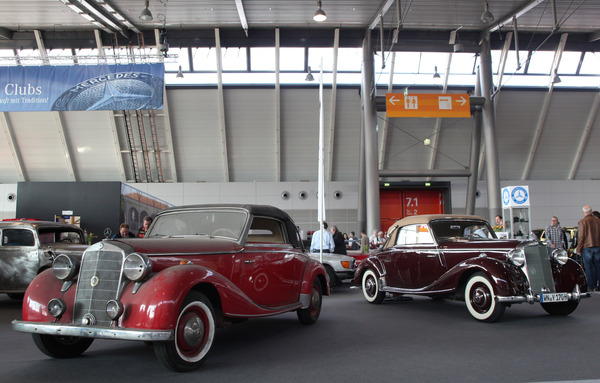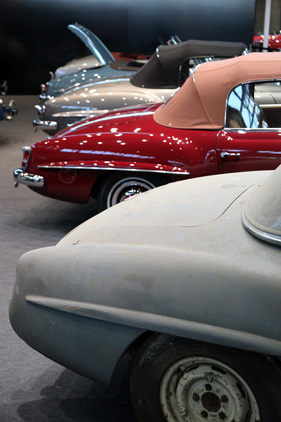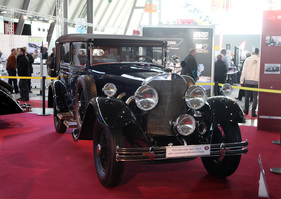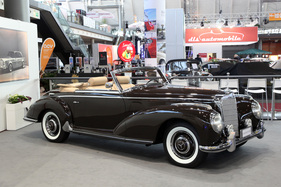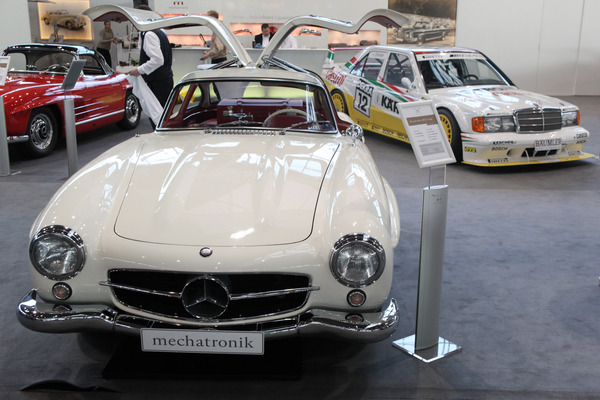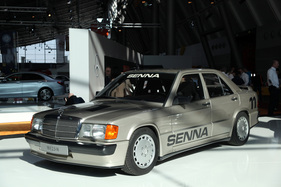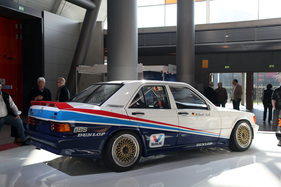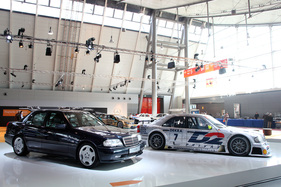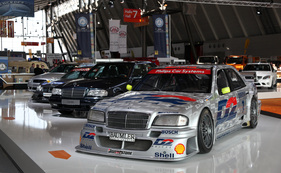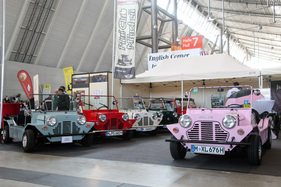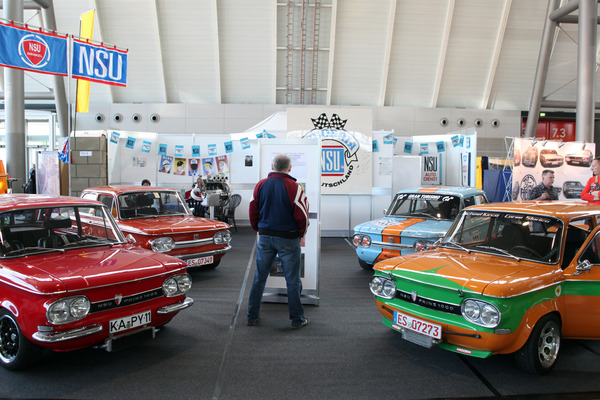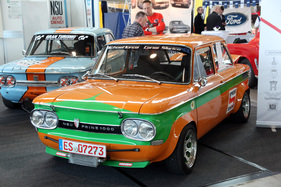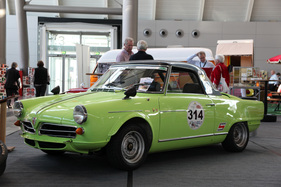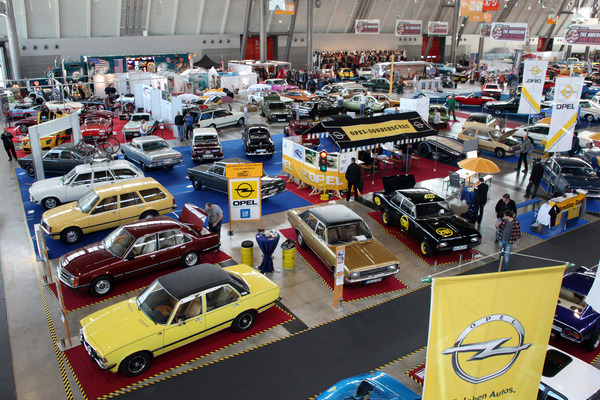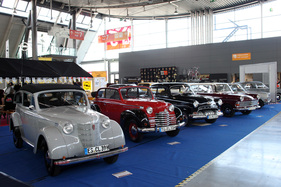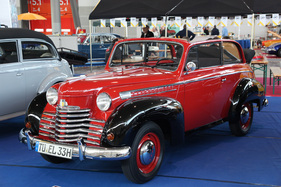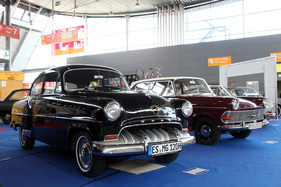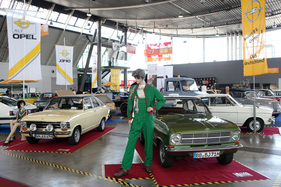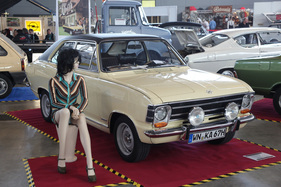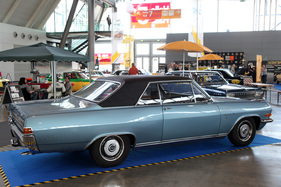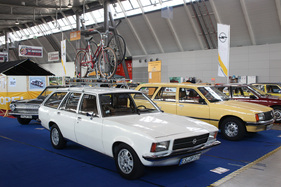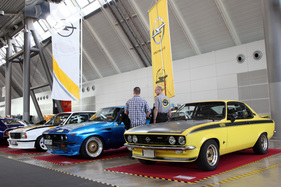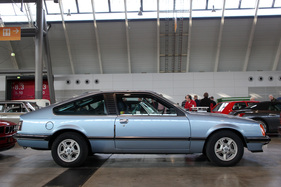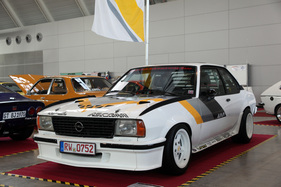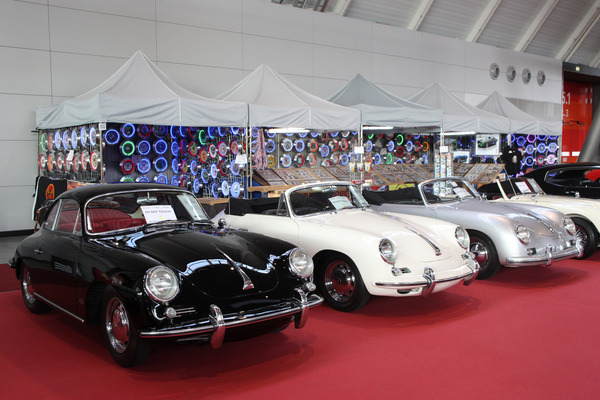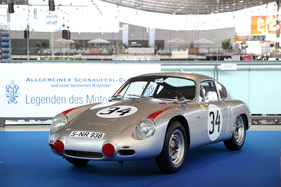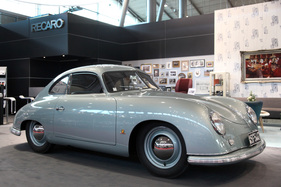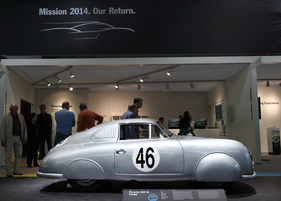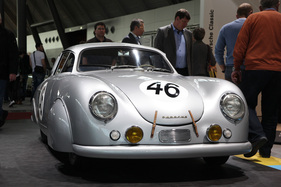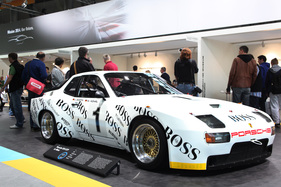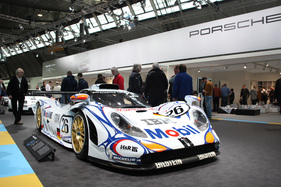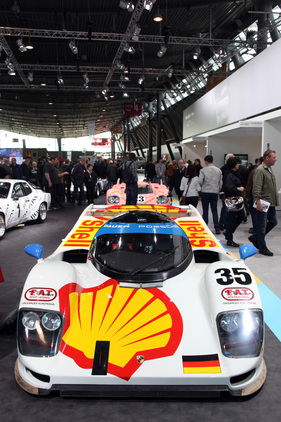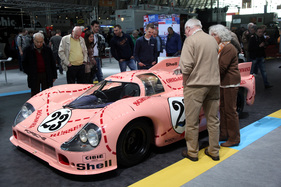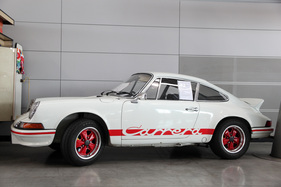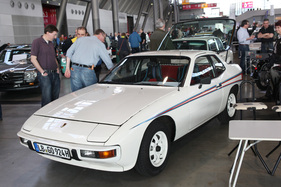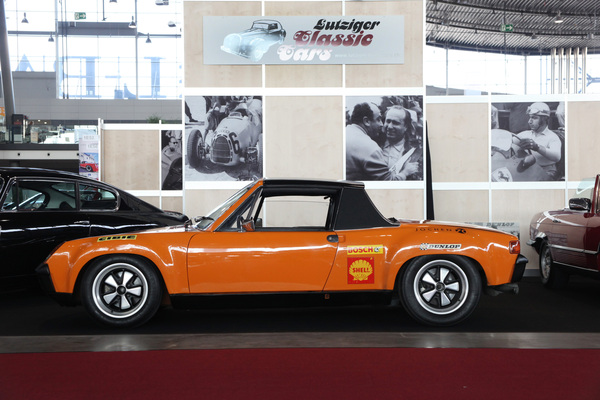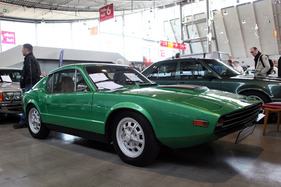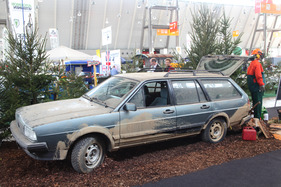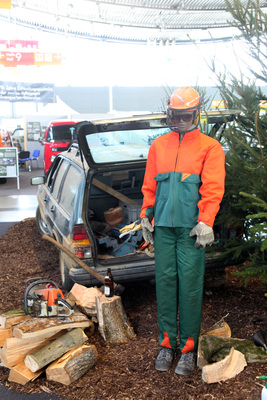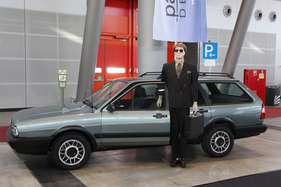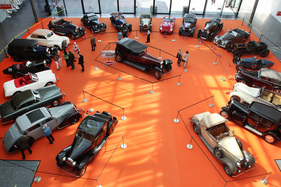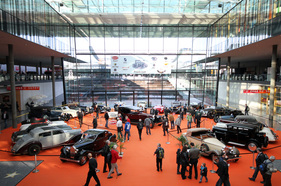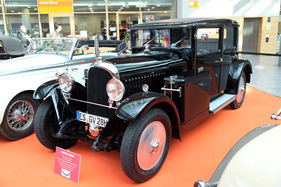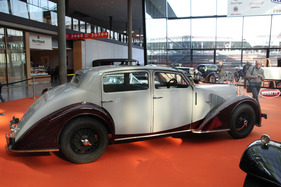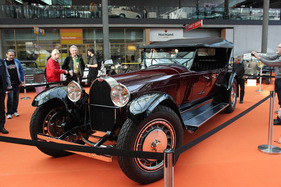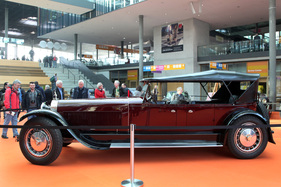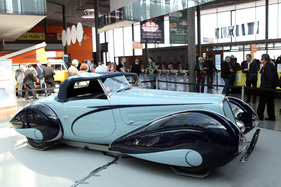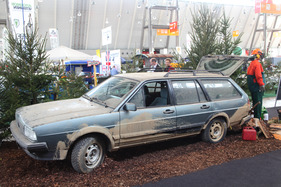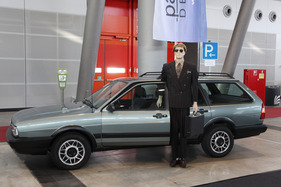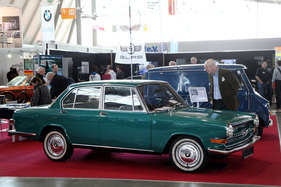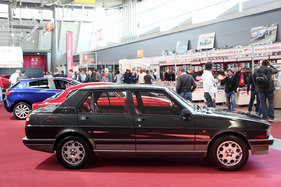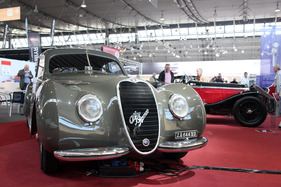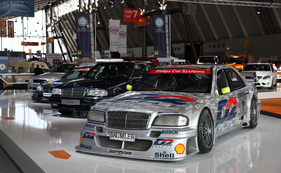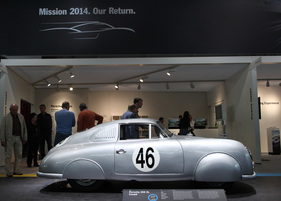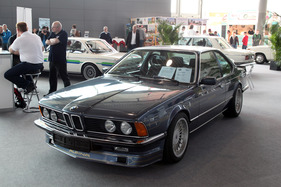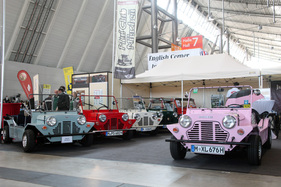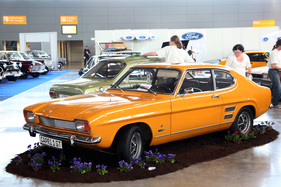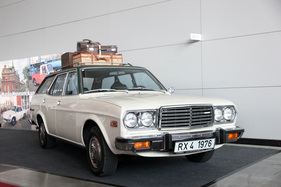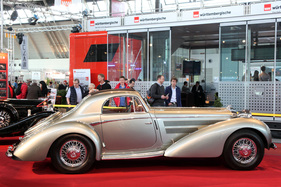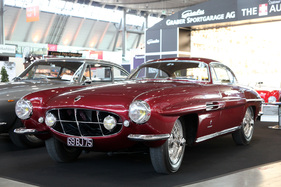Just in time for the opening of Retro Classics in Stuttgart, spring showed itself with all its might and temperatures scratched the 20-degree mark. Many a classic car enthusiast or youngtimer buyer is likely to have woken up and made the journey to Messe Stuttgart. There were 77,000 visitors in 2013, and organizer Karl Ulrich Herrmann confirmed over 80,000 visitors for 2014.
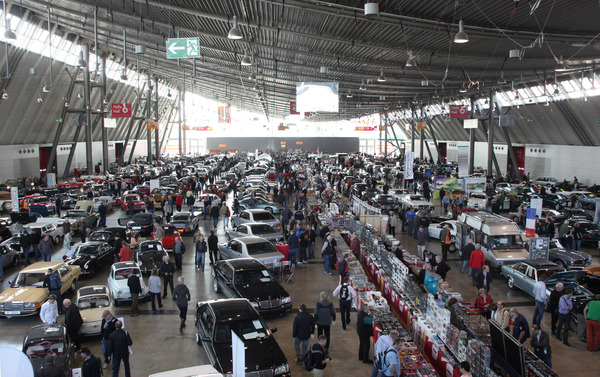
Forgotten French brands at the center
And the visitors who made a pilgrimage through the eight halls with over 100,000 square meters of exhibition space between 13 and 16 March 2014 were also offered a lot. 1428 exhibitors showed over 3,000 vehicles, a significant number of which were also available for purchase.
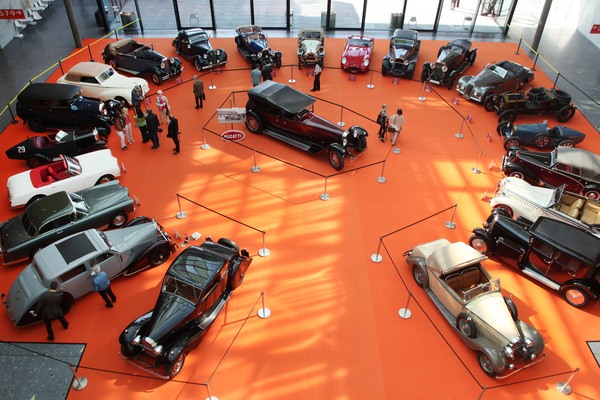
However, the almost two dozen classic cars representing lost and partially forgotten French car brands in the atrium were predominantly in firm hands. Vehicles from the brands Delahaye, Delage, Bugatti, Avions Voisin, Hotchkiss, Salmson, Lorraine-Dietrich, Talbot, Panhard & Levassor and Facel Vega were displayed in a very small space. And even a Hispano-Suiza H6B had smuggled itself in among the road and racing vehicles. "Art on four wheels" was how pre-war expert Daniel Lapp rightly described the assembled vehicles at the press conference.
In addition to the much admired and Retro Classic Award-winning Delahaye 135 M Compétition from 1938 with its highly elegant bodywork by Figoni et Falaschi, the Bugatti Type 41 Royale Packard Prototype from 1926, which was restored over four years and now presented to a wider public for the first time, was a particular focus of public interest. Naturally, it also scooped one of the Retro Classic Awards, which were presented by a jury headed by Detlev Krehl.
Passat Syncro for foresters and businessmen
As every year, there were also vehicles to discover at Retro Classics which, although not yet 50 years old, have largely disappeared from our roads. One example of this is the VW Passat Syncro, which was still on show at the IAA in Frankfurt in September 1983 as the Passat "Tetra", but was then called the Syncro when it was launched in October 1984 due to name disputes.
Equipped with the drive technology of the Aud Quattro, the Passat Syncro, built until 1988 as a four and five-cylinder model, was the first Volkswagen with all-wheel drive since the Iltis.
The Passat was bought for the rough stuff by foresters, mountain dwellers or managers who had a taste for the unusual.
And it was precisely this duality that the interest group for Passat drivers (types 32/33 and 32B) presented with a dirty and only recently found early model from 1984 with 215,000 km and a beautifully restored example from 1985 with generous equipment. The mannequins were also dressed to match the vehicles.
Frua's most beautiful? 50 years of the Glas 1300/1500 GT
The Glas Club celebrated the 50th anniversary of the small sports cars from Anderl Glas, known as the 1300 GT and later the 1500 GT. The coupés and convertibles designed by Pietro Frua still impress with their elegance today, which can also be said of the equally rare green 1700 saloon by the same Italian designer, which could also be admired on the Glas Club stand.
The little Juliet celebrates her birthday
The Alfa Romeo Giulietta is also celebrating its birthday, as it was launched 60 years ago. Youngtimer enthusiasts will have been particularly pleased with the small Giulietta compilation, especially the Giulietta Turbodelta saloon from 1983, which was rarely shown at motor shows and was already rare during its lifetime.
The only existing Castagna coupé on the Alfa Romeo 6C 2500 S chassis from 1939, which was also equipped with the prototype V12 engine, also attracted a lot of attention on the Alfa stand.
A pleasing Opel story
The Opel island in Hall 5 attracted many admiring and probably also wistfully nostalgic glances. The various clubs displayed a wide range of vehicles from the pre-war Olympia Cabriolet to the Ascona B 400, and the Olympia, Kadettt, Rekord, Manta and GT model series in particular were on show in all their diversity.

Here too, (mannequin) photo models and carefully selected stand accessories created the right atmosphere.
The star under the sign of touring car racing
Mercedes Benz looks back on 120 years of motorsport history in 2014. While silver arrows, prototypes and racing sports cars were on display at the Rétromobile in Paris, the focus of the Stuttgart exhibition was on touring car sport with the 190 E 2.3-16, C-Class and its successors.
The exhibits clearly showed how the touring car was already far removed from the production vehicle 20 years ago, while the relationship with its production counterpart in the 1980s was still clearly visible.
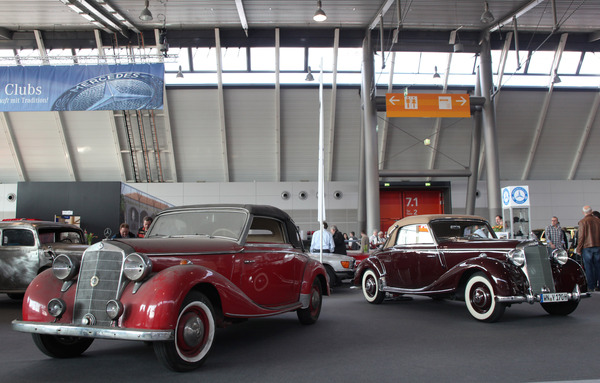
As always, the Mercedes clubs also made generous appearances and displayed many of the popular Mercedes classics in all their glory, with two 170 V Cabriolets in particular catching the eye because they transparently documented the contrast between unrestored barn finds and restored mint condition.
Porsche on a mission
The Porsche year 2014 is clearly dominated by the Le Mans participation. Accordingly, vehicles from the factory museum were also brought to Stuttgart that are connected to the 24 Hours of Le Mans in some way.
The fact that lesser-known and perhaps not completely successful cars were used was probably particularly pleasing to visitors who had already had their fill of the Martini 917 or the 936 and 962 models elsewhere.
Instead, you could take a look at the early Porsche 356 SL Coupé from 1950 or the 917/20 from 1971 with its piggy paintwork. The 924 GTP also made an appearance. The enduring Porsche 962 from 1994 was also on display.
The clubs as brand representatives
While major manufacturers such as Porsche and Mercedes were on site with a factory presence, others left the field to the clubs. The fact that this need not be a disadvantage was demonstrated by the many elaborately designed presentations of the brand-oriented and cross-brand clubs.
The Allgemeine Schnauferl-Club, for example, placed three racing drivers at the center - Hans Herrmann, Rudolf Caracciola and Paul Pietsch.
Among the BMW clubs was a rare Alpina BMW B7 Turbo Coupé from 1985, of which just 110 were built with 330 hp and 512 Nm. And with a BMW 501 from 1954, one of the earliest examples of this type still on the road could be admired in Stuttgart.
A splash of color was provided by the Mini Mokes, one of which was also exhibited in pink. NSU TT variants in motorsport livery delighted fans of fighting midgets, while a wonderfully orange Ford Capri XL delighted fans of Ford's successful Anglo-German model.
And when have you ever seen a Mazda RX-4 station wagon with a twin-disc Wankel engine or the first Mazda passenger car built, the R-360 Coupé?
Or two Gutbrod Superior together?
The nobles of Erdmann & Rossi
In 1897 Willy Erdmann founded a carriage workshop, 9 years later he was joined by car salesman Eduard Rossi. The partnership did not last long, Rossi died in an accident in 1909 and Erdmann withdrew from the automobile parts business. From then on, the company Erdmann & Rossi, under the management of former employee Friedrich Peters, focused on luxury bodies, of which two to three were produced every week.
The SK Collection of Lithuanian collector Saulius Karosas exhibited a number of models with chassis from Rolls-Royce, Audi, Horch and Mercedes Benz. Incidentally, this special show received a Retro Classics Award, as did the atrium exhibition of the "11 French, historic brands".
Premium Hall 1 for the affluent
In 2014, the premium dealers and restorers of the top league were concentrated in Hall 1. Accordingly, there were also particularly rare and expensive vehicles on display.
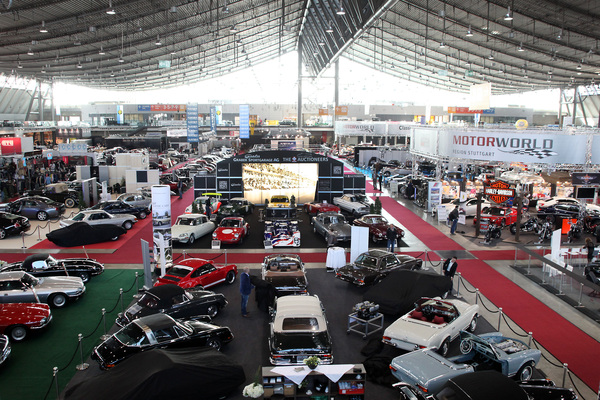
Some companies created additional contrasts with the presentation of garage finds and restoration objects. Mechatronik showed a DTM-190-E from Mercedes together with a 300 SL Gullwing and 300 S and SL Roadster variants, another interesting contrast.
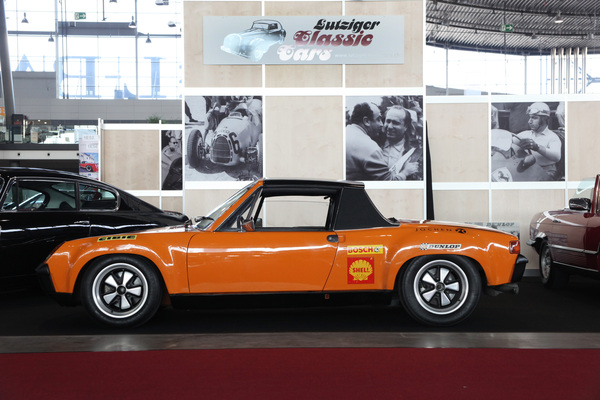
At Lutziger Classic Cars there was a Porsche 914/6 GT works racing car from 1969 on display, a very special rarity in its original orange paintwork.
At the joint stand of Graber Sportgarage and Oldtimer Galerie Toffen, visitors could admire a Jaguar XK 120 Supersonic, of which just two examples were built at Ghia.
The Maserati 300 S, which was also presented in Hall 1, received the Retro Classics Award as the most beautiful racing car, and a recreation of the car could be discovered just a few meters away for comparatively little money alongside a Datsun 1600 Fairlady and a Westfield Eleven on the Allianz stand.
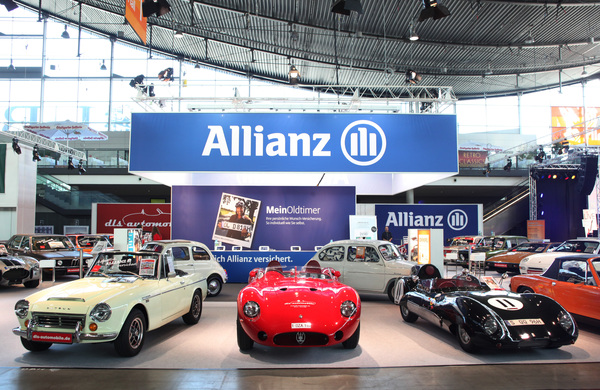
A conscientious visit to Hall 1 alone, with a chat here and there, took up half a day (or more) for some visitors.
Buying and selling
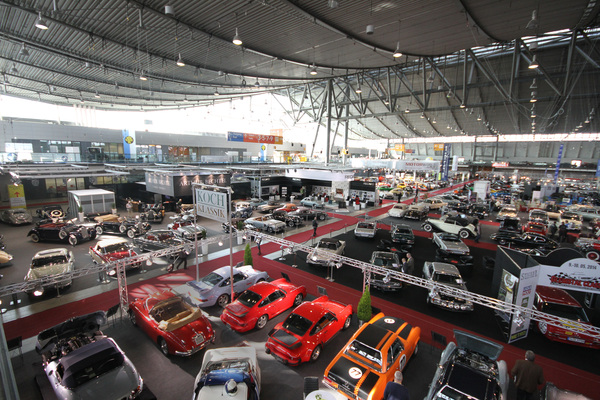
While the exhibitors naturally focused on finding potential buyers and customers, some of the visitors probably came simply to browse, but a relevant proportion of them certainly also came with more or less specific buying intentions. In addition to the premium dealers in Hall 1, there were many other opportunities to find the classic car of their dreams. Commercial suppliers and private individuals presented a naturally German-dominated range, but also some foreign exotics. And you had to be quick for some rare specimens, such as an original Saab Sonett III from 1971, which was marked "sold" on the very first day.
As always in Stuttgart, the range of cars on offer was impressive; anyone interested in a rare Martini special edition of the Porsche 924 was just as likely to find what they were looking for as enthusiasts of the Borgward Isabella.
Once again, it was even possible to re-register the purchased car on the spot, which several hundred buyers took advantage of in 2013.
As a result, some of the more than 80,000 visitors went home with less money but a newly acquired classic car, or at least with something new to dream about.
In any case, the dealers were satisfied on Sunday, as Joachim Sickel, owner of the Stickel Pagoden-Center car dealership in Rutesheim, said: "For the first time, we were able to sell three vehicles by Sunday morning; I'm also expecting good post-fair business".
And the organizer was also confirmed in his strategy. In a visitor survey, 92% of visitors, 11% of whom came from abroad (Switzerland (31%), France (22%) and Austria (19%), etc.), stated that they would be happy to recommend the trade fair to others.

